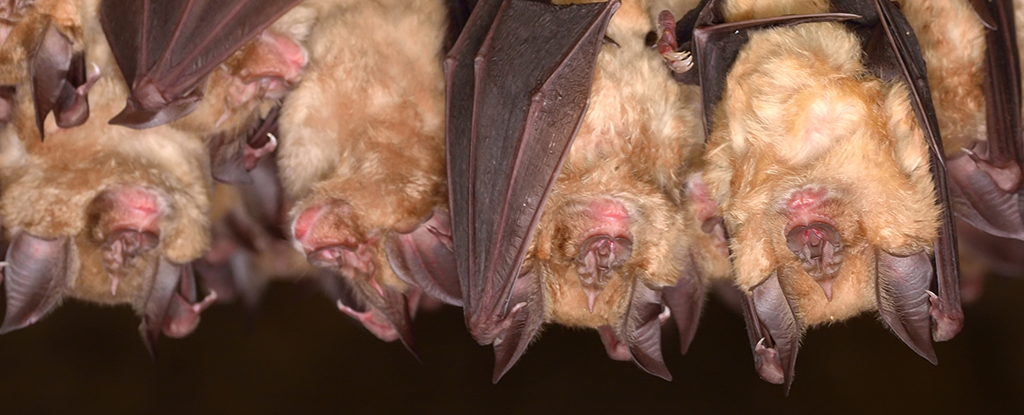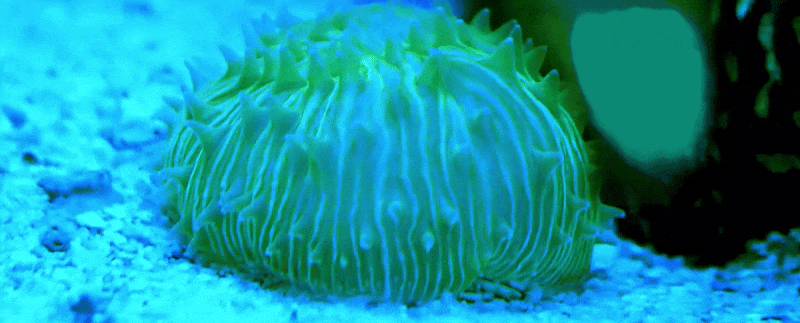As the only mammal that can truly fly, bats have evolved a variety of unique characteristics that allow their bodies to cope with the physical challenge of flapping through the night.
Possessing such a robust body makes it less likely an infection will ruin your day. For species lacking such impressive immune systems, like us, a talent for tolerating deadly microbes makes every bat colony a potential Pandora’s Box of disease.
That’s a simple idea, but the assertion that infected bats could seed future plagues has so far lacked a coherent theory, making it hard to build accurate models capable of asking the right questions that might help us protect ourselves against outbreaks from other species.
So researchers from the US and Canada reviewed the existing literature to develop a framework allowing them to model the growth and spread of viruses within bats and bat populations, and between bats and other animals.
History is littered with examples of zoonotic illnesses – tourist microbes that evolve passports for human bodies without ever having learned that it’s rude to induce murderous fevers. From rabies to avian influenza to toxoplasmosis to Ebola, an endless list of infectious agents threaten to ‘spill over’ into humans from the insides of our pets, livestock, and wild animals.
Tough little critters that they are, bats have the misfortune of being vilified as reservoirs of particularly nasty pathogens. It’s a reputation that isn’t entirely undeserved. COVID-19 stands as a particularly tragic reminder of what can happen when a virus shared among bats makes the leap into a human population, and it’s far from a solitary example.
Beyond broad generalizations, there are lessons to be learned from the bat’s relationship with viruses that could tell us what to watch for in other species.
One rule of thumb used to predict the threat of a viral spillover between species is based on how closely related those organisms are.
Microbes at home inside one human’s body might jump easily into another person, but aren’t likely to disrupt the functions of that new host’s body. Conversely, a virus from a distantly related animal might have a harder time settling into a person’s body, but when they do, we can expect havoc.
The researchers’ theory instead prioritizes a potential reservoir’s tolerance to being infected.
Not all hosts will react in the same way to a pathogen. Different immune systems repel or tolerate certain pathogens in unique ways, resisting illness by either destroying the invader or ignoring its presence.
Resisting infection usually makes short work of any potential leap between species, limiting the growth of pathogens before they can gain much of a foothold.
Tolerance, on the other hand, allows pathogens to grow rapidly without compromising the health of their host. Animals that can shield themselves against a microbe’s chemical weaponry are more likely to live longer, allowing the microbe to grow unchecked all the while.
Should that tolerance be anything but absolute, however, it could be game over for its host population as the pathogen’s unchecked growth quickly cuts down any and all susceptible individuals.
“In providing a theoretical framework to explain this phenomenon, we generate a series of testable questions and hypotheses for future comparative immunological studies, to be carried out at in vitro and in vivo scales,” the researchers conclude in their recently published report.
Of course, it’s impossible to conduct a full immunological evaluation on every potential reservoir out there in the animal kingdom. But according to the new framework, an animal’s lifespan could serve as reasonable proxy. After all, animals that can tolerate diseases as well as bats should live relatively long lives too.
We might not have the winged mammal’s robust constitutions, but that doesn’t mean we can’t learn a few things from them that might help us avoid the next pandemic.
This research was published in PLOS Biology.





